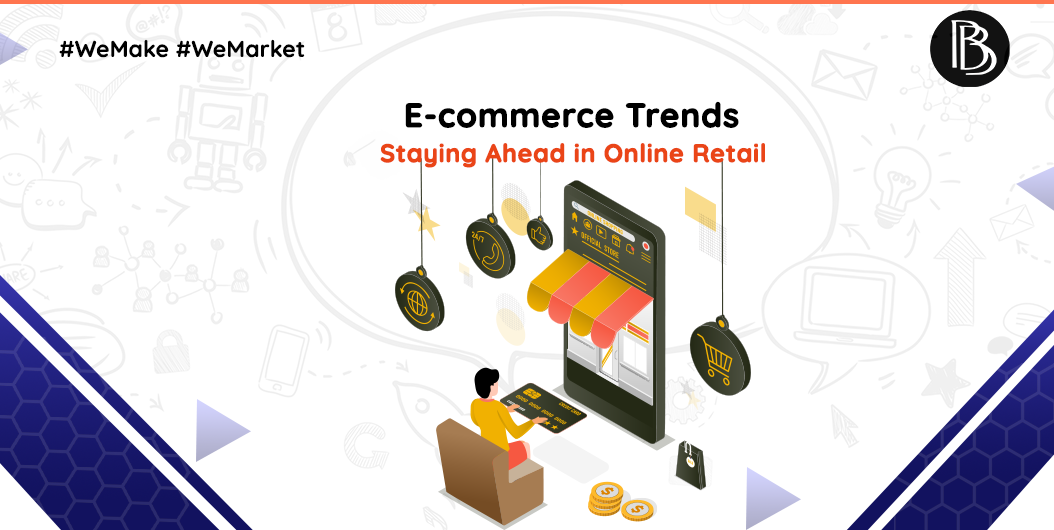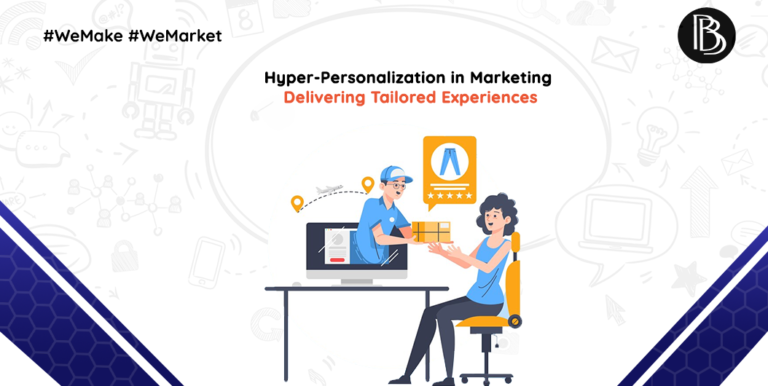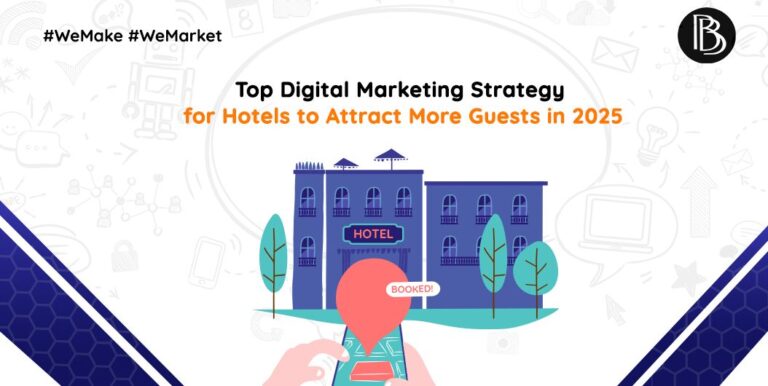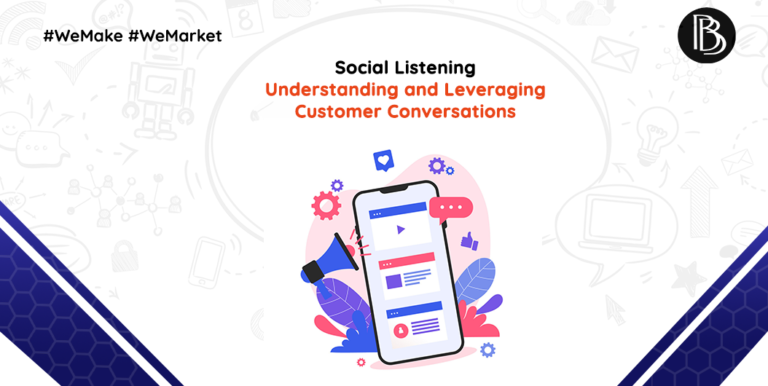E-commerce Trends: Staying Ahead in Online Retail
In the ever-evolving landscape of online retail, staying ahead of the curve is not just a strategy; it’s a necessity. As digital pioneers, Bit Binders understands the pulse of e-commerce trends and is committed to keeping your business at the forefront of the digital marketplace. Let’s explore the transformative e-commerce trends in 2023 and how you can leverage them to enhance your online retail presence.

1. AI-Powered Personalization
The era of one-size-fits-all is long gone. AI-driven personalization is emerging as a game-changer in e-commerce. Tailoring user experiences based on individual preferences, purchase history, and behavior not only enhances customer satisfaction but also boosts conversion rates. Implementing AI-powered recommendation engines can significantly impact user engagement and overall sales.
This trend leverages artificial intelligence to analyze user behavior, preferences, and historical data, allowing businesses to create highly personalized and targeted interactions with their customers. As e-commerce continues to evolve, integrating AI-Powered Personalization into your online strategy becomes a crucial element in staying ahead, meeting consumer expectations, and fostering lasting connections in the competitive digital marketplace.
Businesses can leverage advanced analytics and AI to analyze customer behavior, offering personalized product recommendations, targeted promotions, and customized content.
2. Social Commerce Integration
Social media platforms have become more than just places to connect; they are thriving marketplaces. Integrating social commerce into your e-commerce strategy is a trend that’s gaining momentum. From in-app shopping features to interactive content that drives purchases, leveraging social media as a sales channel enhances brand visibility and provides seamless shopping experiences.
This trend involves seamlessly blending the social media experience with online shopping, turning platforms like Instagram, Facebook, and Pinterest into dynamic marketplaces. As consumers increasingly turn to social media for inspiration and product discovery, businesses must adapt by integrating shopping features directly into these platforms. From shoppable posts to live-streamed shopping events, social commerce not only enhances the customer’s journey but also provides a powerful avenue for brands to connect with their audience
3. Sustainable E-commerce Practices
As consumers become more environmentally conscious, sustainability is not just a buzzword; it’s a driving force behind purchasing decisions. E-commerce businesses are incorporating eco-friendly practices, from sustainable packaging to carbon-neutral shipping options. Aligning your brand with sustainable values not only attracts eco-conscious consumers but also contributes to a positive brand image. This entails a holistic approach, incorporating eco-friendly packaging materials, optimizing supply chain logistics for reduced carbon emissions, and offering carbon-neutral shipping options.
This includes eco-friendly packaging, transparent supply chain information, and promoting sustainable product lines. Aligning your brand with sustainability trends not only attracts environmentally conscious consumers but also enhances brand reputation.
4. Voice Commerce Revolution
Voice search technology is changing the way consumers interact with online platforms. The convenience of hands-free searching and purchasing is reshaping e-commerce. Optimizing your online store for voice search not only caters to the growing number of voice-enabled device users but also enhances accessibility, making your products more accessible to a broader audience. By optimizing your online store for voice search, you not only align with the current ecommerce trending practices but also cater to the growing number of voice-enabled device users. This strategic move enhances overall accessibility, ensuring that your products reach a broader audience in tune with the evolving e-commerce trends of 2023.
5. Augmented Reality (AR) Shopping Experiences
AR is a game-changer, empowering customers to visualize products in their actual surroundings before committing to a purchase. Whether it’s virtually trying on clothing or previewing furniture placements in their living spaces, AR not only boosts customer confidence but also minimizes return rates, contributing to an elevated overall customer satisfaction Businesses in the fashion, beauty, and home decor industries can allow customers to visualize products in their real-world environment before making a purchase. This not only reduces return rates but also enhances the overall shopping experience.
6. Blockchain for Transparent Transactions
Transparency and trust are critical in e-commerce. Blockchain technology is making waves by providing a decentralized and transparent system for transactions. From supply chain visibility to secure payment processes, integrating blockchain not only ensures data integrity but also builds trust among consumers in an era where data security is paramount. This innovative approach spans from enhancing supply chain visibility to fortifying secure payment processes.
Beyond safeguarding data integrity, the integration of blockchain serves as a cornerstone for building trust among consumers, a pivotal consideration in the e-commerce trends of 2023 where data security stands as an absolute priority. As the industry continues to evolve, leveraging blockchain technology not only aligns with the current trend but also fosters an environment where businesses and consumers can engage with confidence and transparency.
7. Mobile-First Approach
In the dynamic realm of e-commerce trends, the momentum toward mobile shopping is rapidly gaining ground, and businesses cannot afford to overlook its significance. It has transcended from being a choice to an absolute necessity. To stay ahead in the e-commerce trends of 2023, prioritizing a seamless mobile experience is imperative.
Businesses should proactively optimize their websites and streamline shopping processes specifically tailored for mobile users. This involves the implementation of mobile-friendly payment options and strategic utilization of mobile apps to orchestrate a cohesive and user-friendly shopping journey By optimizing for mobile, businesses can cater to the growing number of users who prefer to shop on their smartphones, enhancing accessibility and user satisfaction.
Conclusion:
As a leading digital marketing agency, Bit Binders encourages you to embrace these e-commerce trends to stay ahead in the online retail game. Whether it’s harnessing the power of AI, integrating social commerce, or adopting sustainable practices, staying attuned to the pulse of e-commerce trends is key to unlocking new opportunities and ensuring lasting success in the digital marketplace. Partner with Bit Binders to navigate the digital future of online retail successfully.







